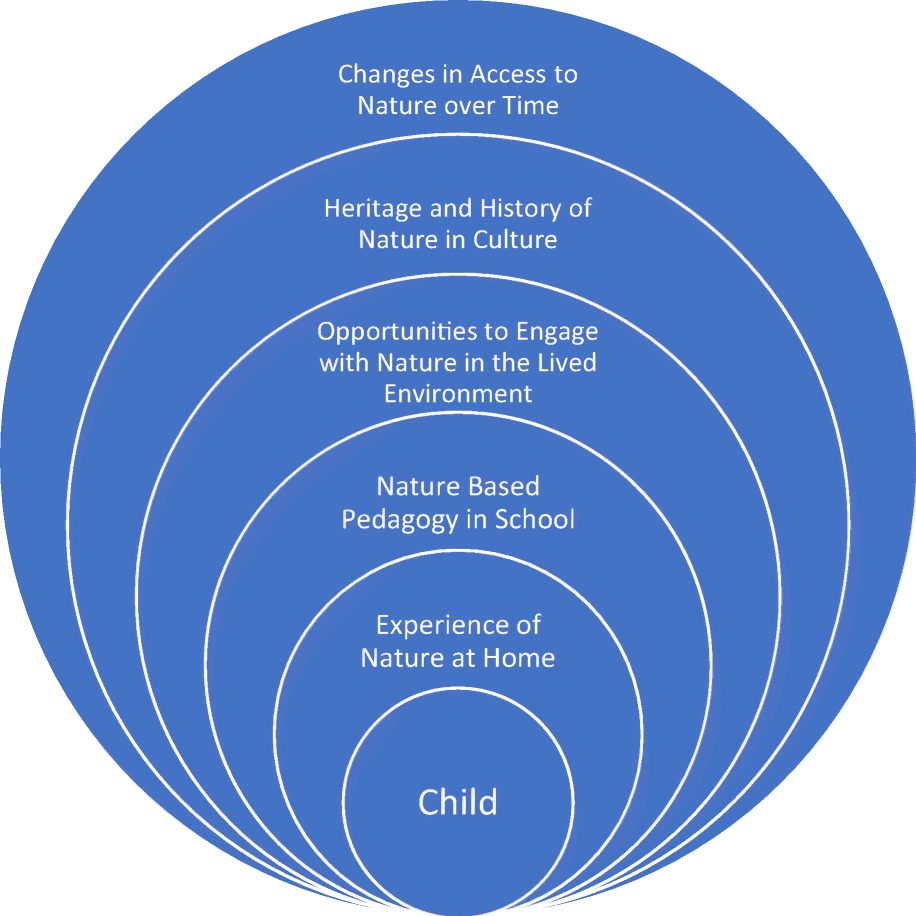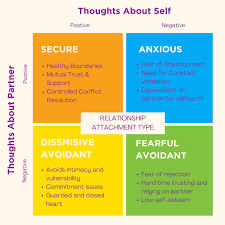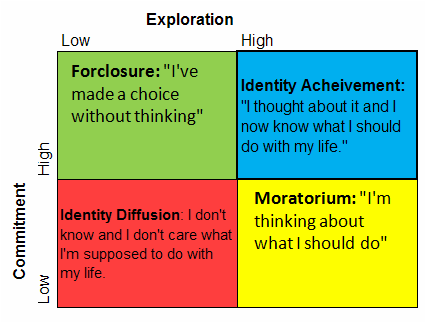Unit 3 AP Psych
1/107
There's no tags or description
Looks like no tags are added yet.
Name | Mastery | Learn | Test | Matching | Spaced |
|---|
No study sessions yet.
108 Terms
What did studying Genie help pscyhologists understand?
Upon determining that she had not yet learned language, linguists saw her as providing an opportunity to gain further insight into the processes controlling language acquisition skills and to test theories and hypotheses identifying critical periods during which humans learn to understand and use language.
-she was a horrifically abused child and couldn’t acquire language after spending extended periods in isolation
Cross-Sectional study
a study in which people of different ages are compared with one another
longitudinal study
research in which the same people are studied over a long period of time
What is stage theory?
Model that proposes people go through distinct phases of growth and follow a specific order from one stage to the next.
Homogenous grouping
groups are determined by some share characteristic
Who benefits more from homogenous grouping in academic settings?
Women
Range
Difference between the highest and lowest observatoins
Standard Deviation
dispersion of data around the mean
When are experimental strategies for studying populations used?
determine cause and effect through the isolation and manipulation of the independent variable.
When are non experimental strategies used for studying populations used?
When variables can’t be manipulated and random assignment to conditions is impossible.
Phomenes
the smallest individual sounds in any language (like what you say when you sound out words)
Morphemes
the smallest unit of meaning in a language (root words, prefixes, suffixes)
Syntax
The aspect. of grammar that refers to the rules used to put words in the correct order in a sentence.
Semantics
The component of language that provides both the meaning of words and how words combine to form meaning.
cooing
involves the soft vowel like sounds produced by babies when they appear happy or content
Babbling
involves constant like sounds and begins around six mont
One word stage
when children communicate using single words that often convey complex ideas. This is typical from 10-18 months.
Telegraphic speech
involves the first multi word speech consisting of two or three word expressions typical from 18-30 months.
Overgenerlization
Characteristic error when learning a language in which individuals apply gramar rules to broadly.
What is folic acid needed for?
crucial for healthy formation of the brain and spinal cord
Major structural development lasts until….
18 weeks
Maturation
-the orderly sequence of biological growth
-skills emerge as the nervous system and muscles develop
-motor development is in order and sequential but the timing is variable
-move from reflexive reactions to advanced motor functions
Reflexes
-Involuntary movements in response to stimulation
-sucking, rooting, etc.
Visual cliff experiment
Infant was placed on a glass surface with the appearance of a drop-off.
infants hesitated or refused to crowl over “:the edge”
-indicated their ability to perceive depth and biological readiness to perceive spatial relationships
Puberty
-women typically start at age 10
-men typically start at age 12
What part of the eye is responsible for sharp central vision and color perception?
The macula, specifically the fovea within it, is the part of the retin
What lope is responsible for sound perception?
The temporal lobe
What is the relationship between age and intelligence?
-The brain loses 5-10% of its weight between the ages of 20-90
-white mater increases after 50 but decreases after that leading to slower processing
-Crystalized intelligence, fluid intelligence decreases
Nuerocognitive disorders
are a category of disorders that involve problems with mental functioning due to a variety of causes including Alzhimers’s Disease, Parkinsons dsiease, lewy bodies diseases, stroke, TBI
-In the DSM-5-TR, nyercognitive disroders are either classified as major or minor
Ecological system theory
proposed by urie bronfender as a method of considering social contexts.
provides a system to identify and explain the different environments that we operate in as social individuals.
divided into 6 different levels, with each broadening the type of influence
also sometimes called the Developmental Systems theory or bioecological model
What are the steps of the bioecological model?
Chronosystem, macrosystem, exosystem, mesosystem, microsystem, the individual

Chrononsystem
Consists of the pattern of environmental events and transitions over the life course, as well as changing socio-historical circumstances. For example, researchers have found that the negative effects of divorce on children often peak in the first year after the divorce.
Macrosystem
the overarching cultural beliefs, values, and societal structures that influence an individual's development, encompassing things like laws, social policies, and media.
Mesosystem
the connections and interactions between different microsystems in an individual's life, such as the relationship between a child's family and school.
microsystem
a system of people, groups, and institutions that play an immediate and explicit role in a child's life.
the individual
a single person or thing, distinct from a group or class, emphasizing their unique characteristics and separate existenc
How was the concept of parenting styles identified in psychology?
-in the 60’s and 70’s, Diana Baumrind conducted studies in which she observed children interacting with their parents
-She evaluated the interactions for expressions of warmth, discipline strategies, communication patterns, and parental expectations of mature behaviors
-from her longitudinal studies, factor analysis, and subsequent research by other developmental psychologists, 4 main styles of parenting have been identified.
What is the authoritarian style of parenting?
low in warmth and high in both expectations of maturity and discipline
communication style tends to be parent to child but not child to parent.
What is the authoritative style of parenting?
high in warmth and moderate in expectations and discipline
communication is more likely in both directions
Permissive style
high in warmth and low in expectations of maturity, Discipline is rare.
communication happens both ways but is more likely to be child to parent.
Neglectful style
low in warmth, expectations, and communication. discipline is erratic.
not one of baumrind’s original styles. added due to further research.
Outcomes of different parenting styles
-Authoritarian parents tend to raise children who tend to be hardworking but unhappy. Their children often blame others for their problems or may rebel against their parents.
-Permissive parents have children who react poorly to frustration, and often lack self-control and emotional regulation.
-Children of neglectful parents tend to be immature and lonely, with poor relationship skills
-Authoritative parents regularly have the best outcomes- happy, articulate relationships who form healthy relationships
Research into attachment
-Researchers like Konrad Lorenz (with geese) and John Bowbly (with children in institutions) have studied attachment since the early 1900s.
-But in 1958, Harry Harlow conducted an experiment that was a paradigm shift. His study determined that monkeys bonded for comfort, not food.
-By taking infant monkeys away from their mothers and giving them artificial replacements, Harlow was able to conclude that they bonded due to contact comfort.
Mary Ainsworth
When a child has a secure attachment style, they use their caregivers as a “secure base” from which to explore and are comforted by their caregivers during times of distress.
how many attachment styles have been identified?
From Bowlby and Aisenworth, four specific attachment styles have been identified.
Ainsworth research into attachment
-Her studied involved a room with toys and several changes in the environment.
1)The mother and child enter the room
2)A stranger enters the room
3)the mother leaves
4)the mother returns
5)both adults leave
6)the strangner returns
7)finally, the mother returns
-the child response to each step indicated their attachment style

Secure attachment
these children have trusting relationships with caregivers which often carry out into adulthood.
Anxious attachment
children who are clingy and nervous but may show aggression
Avoidant attachment
seem detached overall, with little impact to being separated
Disorganized attachment
shows inconsistency- sometimes showing fear, affection, anger, or just freezing in fear or staring of into space.
How did researchers in attachment study attachment?
-Bowlby studied children in institutions
-Harlow experience with monkeys
-Ainsworth separated and reunited children with parents.
Play types
-usually begins as solitary play
-children then proceed to onlooker play
-then parallel play
-then cooperative play (two people)
Personal fable
s a cognitive distortion common in adolescence where individuals believe they are unique, invulnerable, and exempt from the common pitfalls of life, leading to a sense of invincibility and potentially risky behaviors.
"Living Apart Together" (LAT)
efers to couples who maintain a committed romantic relationship but live in separate residences
Erik Eriksons Psychosocial theory of development
one of the first stage theories to propose changes through the whole life.
each stage involves a conflict between the two outcomes-a positive and a negative
-as we progress through the stages, our personality and social groups change.
-each stage can cause personal crisis

Trust vs. Mistrust (0-1 year)
Infants develop a sense of trust when caregivers provide reliability, care, and affection. A lack of this leads to mistrust.
Autonomy vs. Shame and Doubt (1-3 years)
Toddlers develop a sense of personal control and independence. Success leads to autonomy, while failure results in feelings of shame and doubt.
Initiative vs. Guilt (3-6 years)
Children begin asserting control and power over their environment. Success fosters initiative, while too much criticism or control leads to guilt.
Industry vs. Inferiority (6-12 years)
Children develop a sense of competence by mastering new skills. Encouragement fosters industry, while failure or lack of support leads to inferiority.
Identity vs. Role Confusion (12-18 years)
Adolescents explore personal identity and develop a sense of self. Success leads to a strong identity, while failure results in confusion about one’s role in life.
Intimacy vs. Isolation (18-40 years)
Young adults form meaningful relationships and connections. Success leads to intimacy, while failure results in loneliness and isolation.
Generativity vs. Stagnation (40-65 years)
Adults contribute to society and help guide the next generation. Success leads to a sense of purpose, while failure results in stagnation and unproductiveness.
Integrity vs. Despair (65+ years)
Older adults reflect on their lives. A sense of fulfillment leads to integrity, while regret and dissatisfaction result in despair.
Identity development
this is one of the most significant stages in Eriksons theory of psychosexual development.
When we look at how it takes place, another theory offers a good explanation.
James Marcia’s theory of identity status
-Differentiates development into 4 different states/statuses

What is classical conditioning?
A learning process in which a neutral stimulus becomes associated with an unconditioned stimulus, producing a conditioned response.
Who is the psychologist most associated with classical conditioning?
Ivan Pavlov.
What is an unconditioned stimulus (UCS)?
A stimulus that naturally triggers a response without prior learning (e.g., food causing salivation).
What is an unconditioned response (UCR)?
A naturally occurring response to the unconditioned stimulus (e.g., salivation in response to food).
What is a neutral stimulus (NS)?
A stimulus that initially produces no specific response (e.g., a bell before conditioning).
What is a conditioned stimulus (CS)?
A previously neutral stimulus that, after association with the UCS, triggers a conditioned response (e.g., a bell after conditioning).
What is a conditioned response (CR)?
A learned response to the conditioned stimulus (e.g., salivation in response to a bell).
What is acquisition in classical conditioning?
The process of learning the association between the NS and UCS.What is extinction in classical conditioning?
What is extinction in classical conditioning?
The diminishing of a conditioned response when the UCS no longer follows the CS.
What is spontaneous recovery?
The reappearance of an extinguished conditioned response after a pause.
What is generalization in classical conditioning?
The tendency to respond to stimuli similar to the conditioned stimulus (e.g., different tones of a bell causing salivation).
What is discrimination in classical conditioning?
The learned ability to distinguish between a conditioned stimulus and other irrelevant stimuli.
How does classical conditioning apply to real-life behavior?
It explains phobias, taste aversions, and emotional responses, such as anxiety triggered by a traumatic event.
What is higher-order conditioning (second-order conditioning)?
When a CS is paired with a new NS, creating a second (often weaker) conditioned response.
How does classical conditioning relate to mental processes?
It helps explain involuntary emotional responses and associative learning, like how anxiety can be triggered by certain stimuli.
What is learned helplessness?
When an organism learns it has no control over negative events, leading to passivity (discovered by Martin Seligman).
What is John Watson's "Little Albert" experiment?
A study in which Watson conditioned a baby to fear white rats by associating them with loud noises, demonstrating classical conditioning in emotions.
What is taste aversion, and how does it relate to classical conditioning?
A learned avoidance of a particular food after a negative experience (e.g., getting sick after eating something). It shows how conditioning can occur after just one pairing.
How does classical conditioning differ from operant conditioning?
Classical conditioning involves involuntary responses to stimuli, while operant conditioning involves voluntary behaviors influenced by rewards and punishments.
E.L Thorndike (1874-1949)
-american behaivoral psychologist
-developed the “law of effect” which experimented with cats in puzzle boxes to demonstrate use of pleasant consequences
B.F Skinner (1905-1990)
American behaivoral psychlogist
theorized operant conditinoing
developed the sitmulus response reinforcement model
also reinforced the schedule of reinforcement model
Operant conditinoing- thondike’s puzzle box
research design: animals, particularly cats, are placed into a box with a latch which they must open to get out. Through trial and error, the animals figure their way out of the box, which becomes the law of effect theory
conclusion:behavior that is reinforced is likely to be repeated while punished behavior is more likely to be avoided
Operant conditioning-skinner’s theory of learning
research design: hungry animals, paticularly pigeons, placed into skinner’s box and must press the lever or switch to be fed. the feeding is an award for appropriate behaivor. the pigeon learns it will only be fed once the lever is pressed.
What was learned: operant conditioning could be applied to all forms of learned behaivor including addiction and used in schools and in therapy.
positive reinforcement
addition of a pleasant stimulus will likely strengthen behavior in the future
negative reinforcement
removal of an unpleasant stimulus will likely strengthen the behavior in the future
positive punishment
addition of an unpleasant stimulus which will likely weaken behaivor in the future.
negative punishment
removal of a pleasant stimulus which will weaken behaivor i n the future
operant conditinoing: schedule of reinforcement
-Beyond the concepts of reinforcement and punishment, BF Skinner developed a schedule by which reinforcement is delivered
-the two types of schedules are continous and partial.
continuous reinforcement
reinforcement happens every time the correct behavior occurs
partial reinforcement
-reinforcement happens on a time based schedule
fixed-interval reinforcement
stimulus will happen at a certain time within a set limit
variable limit reinforcement
stimulus will occur at any time randomly within a set time limit
fixed ratio reinforcement
stimulus will happen after a set number of occurences
variable ratio reinforcement
stimulus will happen at randomly during a set number of occurences
shaping
behavior is reinforced gradually through rewarding successive approximations of the desired behavior